Optical tweezers are standard today. Recently, more sophisticated trapping configurations have been realized based on holographic beam shaping techniques.
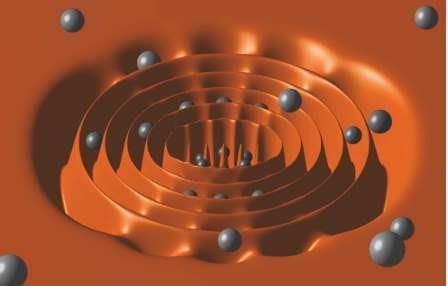

Optical tweezers are standard today. Recently, more sophisticated trapping configurations have been realized based on holographic beam shaping techniques.
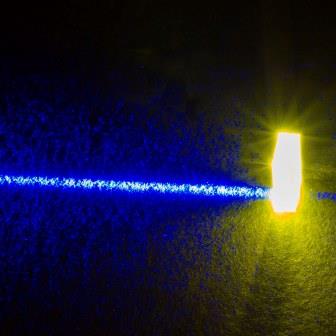
Blue laser diodes operated in stimulated emission offer a potential alternative to traditional solid-state lighting based on light-emitting diodes.
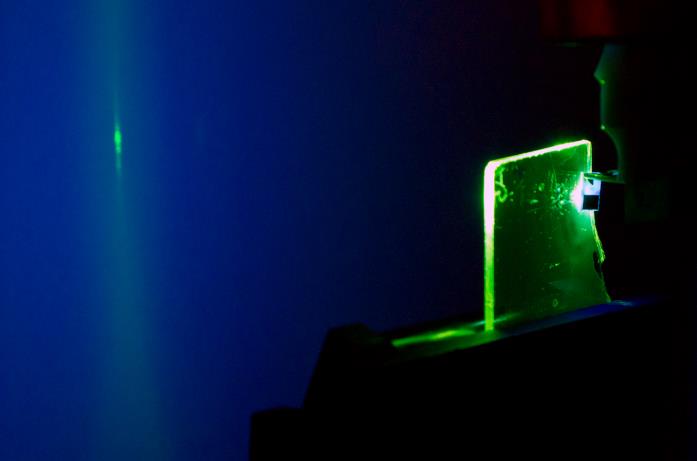
A new compact sensor system based on an LED pumped polymer laser detects explosive vapors quickly and sensitively.
The field of quantum simulations leads to the exciting adventure of describing and understanding the quantum world better than ever.
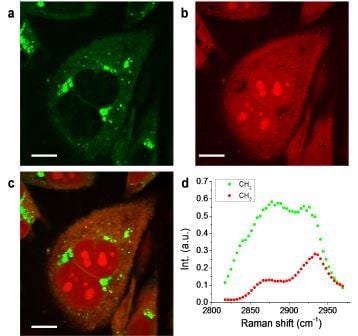
Mapping of chemical contents and their spatial distribution in a complex biological environment such as cells can be achieved by a new imaging modality.
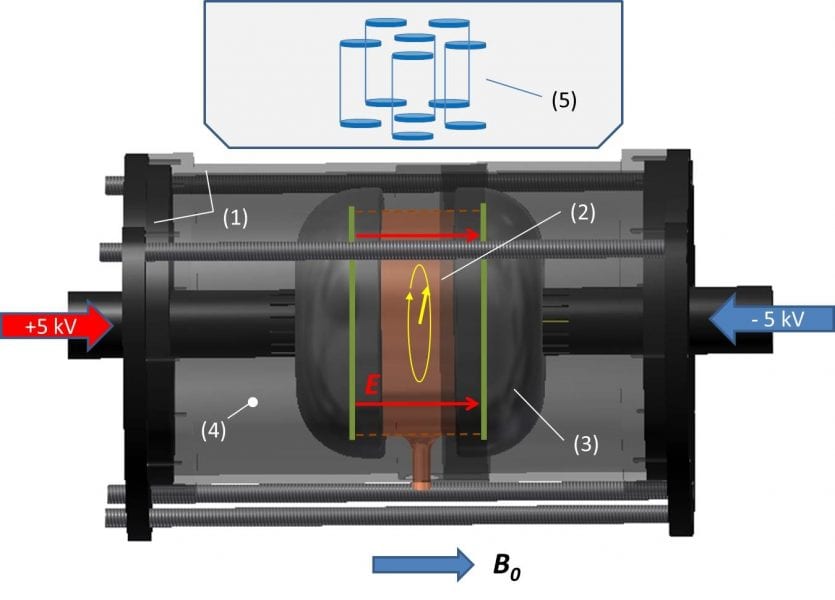
German researchers have proposed a spin clock that is based on the free spin-precession of gaseous, nuclear spin-polarized 3He and 129Xe.
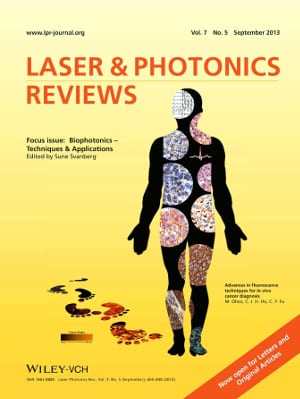
Biophotonics – optical techniques for the study of biological molecules, cells and tissues – has evolved into one of the most important fields of photonics.

A new tool enables biomechanical studies of individual cells, laser-propelling red blood cells over long distances and monitoring their deformation.
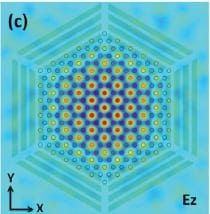
A robust surface emitting continuous-wave terahertz quantum cascade laser has been realized in a two-dimensional photonic crystal structure.
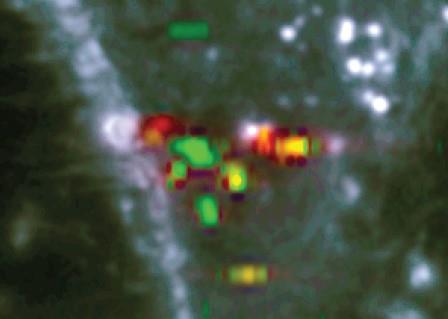
Raman spectroscopy provides molecular specificity through spectrally-resolved measurement of the inelastic scattering under monochromatic excitation.